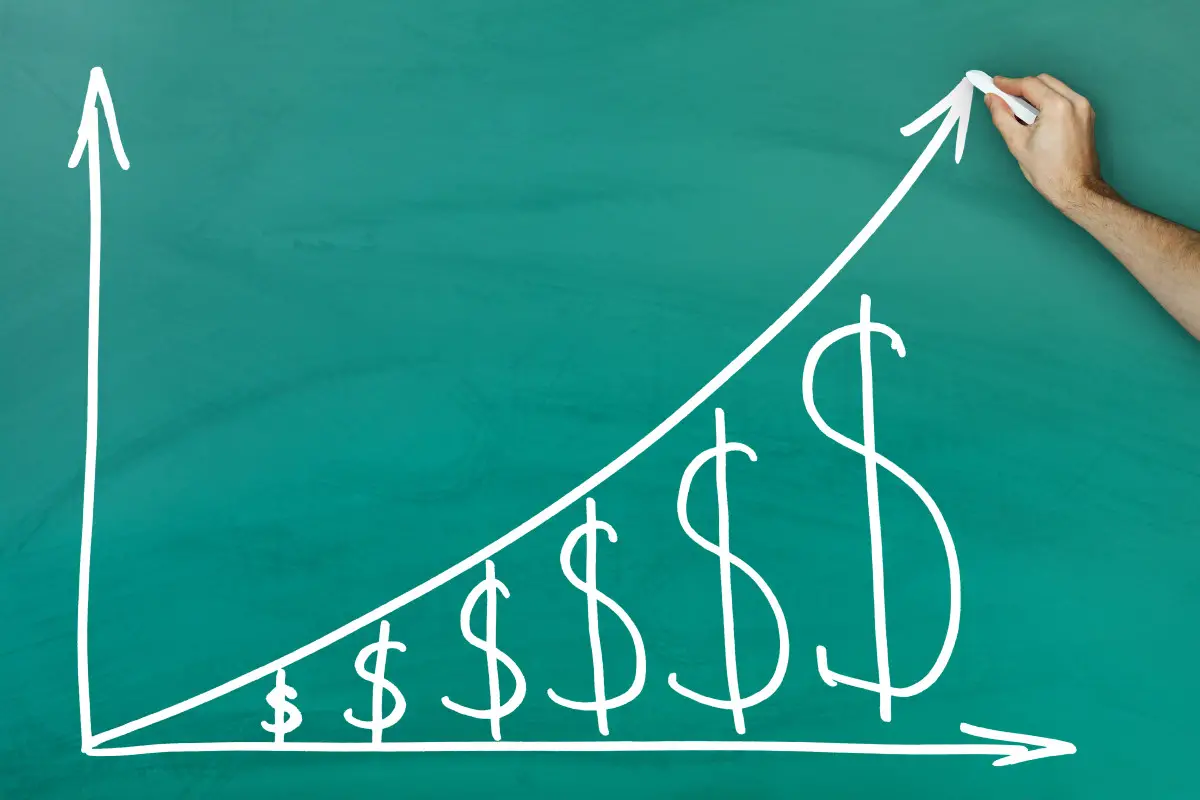Large corporations often have the luxury of hiring an accountant and a finance manager to keep track of their profits and spending. As a small business owner however, this task is often up to you. This is why it is important to familiarize yourself with a variety of relevant accounting terms and information. For example, learning how to determine a product’s contribution margin can do wonders for your business, no matter whether you sell business interiors or food products. If you are interested in learning about this specific accounting term and more, keep reading below.
What Is A Contribution Margin?
The contribution margin concept is used to determine the profitability of individual products, take for example the recent hike in coffee prices. This metric allows businesses to evaluate different areas of business to determine which products or services are most profitable. Additionally, this can be helpful in determining how much lower it can be offered for in special pricing situations. If the contribution margin at a particular price point is excessively low or negative, then it would not be profitable to sell the product at that price point. This is important to know if you run a business so that you can help to maintain the best pricing for your customers while also earning the money you need.
What Is The Contribution Margin Equation?
The contribution margin equation is very simple, you do not need an accounting degree to figure it out. First you must subtract your net product revenue from your product variable costs. Finally, you divide that number by your product revenue. Essentially, in order to understand the profitability of a product, you take how much it makes in sales and subtract any relevant expenses. This equation can be very helpful for you in determining the best prices for your products.
Why Is It Important?
The contribution margin is important because it provides business owners like you with insight into their sales, products and success. By having a clear idea of how much a product can earn versus how much it costs, you can make adjustments to your business model to either improve sales and company warehouse operations or provide your customers with special offers. This way, you know what products are the most worthwhile for your business.
Gross Margin vs. Contribution Margin
What is the difference between gross profit margin and contribution margin? As you know, contribution margin indicates a particular product or product group’s gross profit contribution. Gross profit margin, also called gross margin, refers to the company’s overall total sales profit after subtracting for production costs. Both of these business ratio have useful applications and provide insight into business performance.
What Is A Contribution Margin Ratio?
The contribution margin ratio is a ratio that indicates the percentage of each sales dollar that is available to cover a company’s fixed expenses and profit. This is calculated by dividing the contribution margin by sales. This can help to measure how efficiently a profit center can both control its variable costs and make a profit. This is another simple accounting method that can help you keep track of your business success.
What Is A Company’s Break-Even Point?
Contribution margins and ratios are often used by statistical programs to help determine a company’s brake-even point. The break-even point is, essentially, when the profit and fixed expenses of a business are equal. This means that all of the profits made go to paying off these expenses so there is no extra money being made. It is good to know your company’s break-even point because then you can help to ensure that sales are maintained above that point.
If you are a business owner, it is important for you to understand these simple accounting terms. In order to more efficiently run your business, you should consider crunching the numbers to determine the contribution margin of your products. That way, you can keep them at a fair price while also earning a profit. This information is also helpful to the business advisors role too. Bookmark this post, so you can refer back to it in case you ever need a refresher!
Photo from https://eldfacts.com/improve-driver-retention-fleet-profitability-elds/
 Business First Family Business, Accounting, Finance, Investing, Marketing And Management
Business First Family Business, Accounting, Finance, Investing, Marketing And Management
